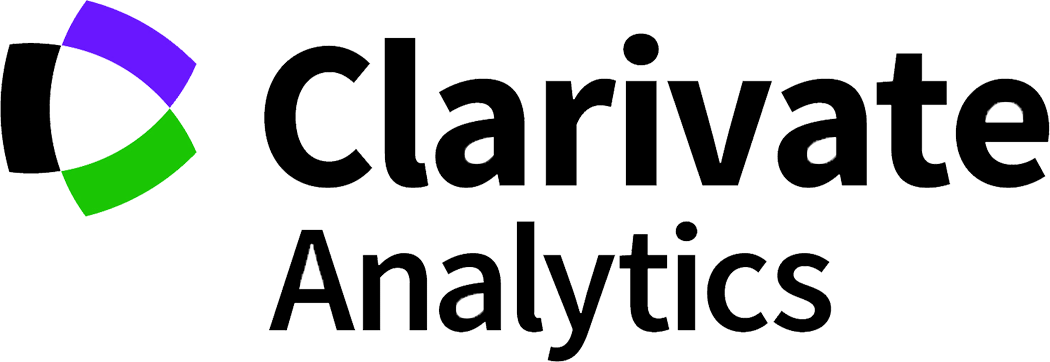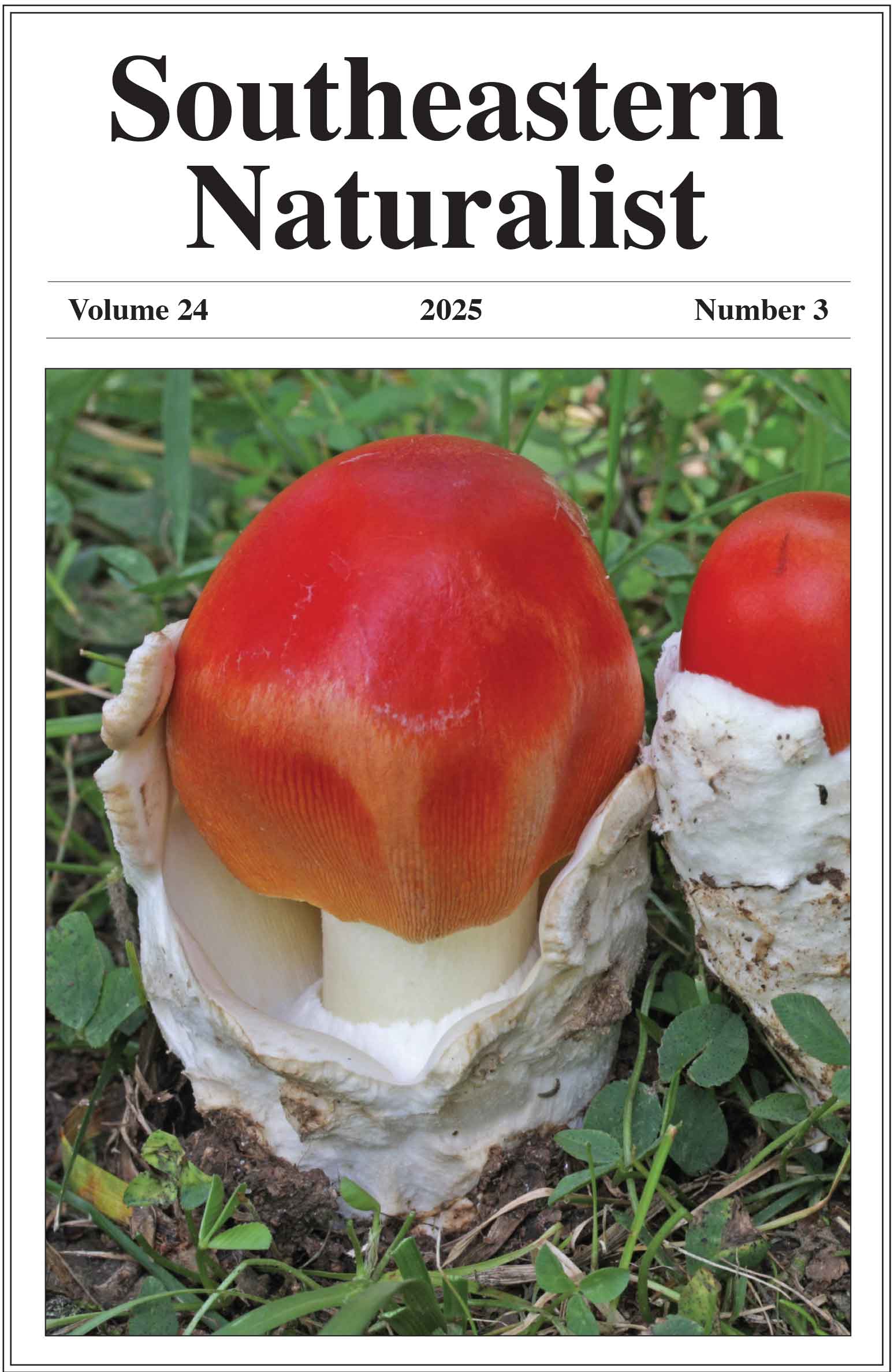A Comparison of Trap-Baiting Methods for Sampling Aquatic and Semi-aquatic Fauna in the Southeastern United States
Evan S. Grimes1 and Matthew W.H. Chatfield2,*
1Urbandale, IA 50322. 2School of Biology and Ecology, University of Maine, Orono, ME 04469. *Corresponding author.
Southeastern Naturalist, Volume 24, Issue 2 (2025): 168–183
First published early online: 16 June 2025
Abstract
Capturing animals using traps is a foundational method for conducting wildlife surveys and monitoring programs. Projects like these often focus on aquatic or semi-aquatic fauna, such as many species of reptiles and amphibians, to determine biodiversity composition and estimate trends in population status. Detectability of certain species can be improved using a variety of trap and bait combinations, but less is understood about the effects of light and light wavelength (color) on such trapping efforts. From 2011 to 2019, we compared the effectiveness of food-baited and glow stick-baited traps, and the effectiveness of different colored glow sticks as bait in 2 separate but similar studies in southern Mississippi. In the first study, in which we compared cat food-baited traps and traps baited with yellow glow sticks to unbaited controls traps, we found that turtles (z = 3.490, P = 0.0005), insects (z = 4.311, P < 0.0001), crayfish (z = 5.856, P < 0.0001), and fish (z = 0.998, P = 0.0027) were captured significantly more often (after applying a Bonferroni-corrected α-level) in traps baited with commercial canned cat food, but not in traps baited with glow sticks, when compared to unbaited controls, whereas snakes, frogs, tadpoles, and salamanders did not show a significant difference between either traps baited with cat food or glowsticks and unbaited controls. In the second study, in which we compared success of traps baited with 3 different glow-stick colors (green, red, and yellow) to unbaited controls, we found no significant differences between glow-stick color and unbaited controls. In both studies, we found strong relationships between taxa captured and both trap size (small and large aquatic funnel traps) and site (A, B, and C). This study informs sampling design for a variety of aquatic and semi-aquatic taxa when carrying out surveys and monitoring programs.
![]() Download Full-text pdf (Accessible only to subscribers. To subscribe click here.)
Download Full-text pdf (Accessible only to subscribers. To subscribe click here.)
Access Journal Content
Open access browsing of table of contents and abstract pages. Full text pdfs available for download for subscribers.
Issue-in-Progress: Vol. 24( 4) ... early view
Check out SENA's latest Monograph and current Special Issue in progress:













 The Southeastern Naturalist is a peer-reviewed journal that covers all aspects of natural history within the southeastern United States. We welcome research articles, summary review papers, and observational notes.
The Southeastern Naturalist is a peer-reviewed journal that covers all aspects of natural history within the southeastern United States. We welcome research articles, summary review papers, and observational notes.